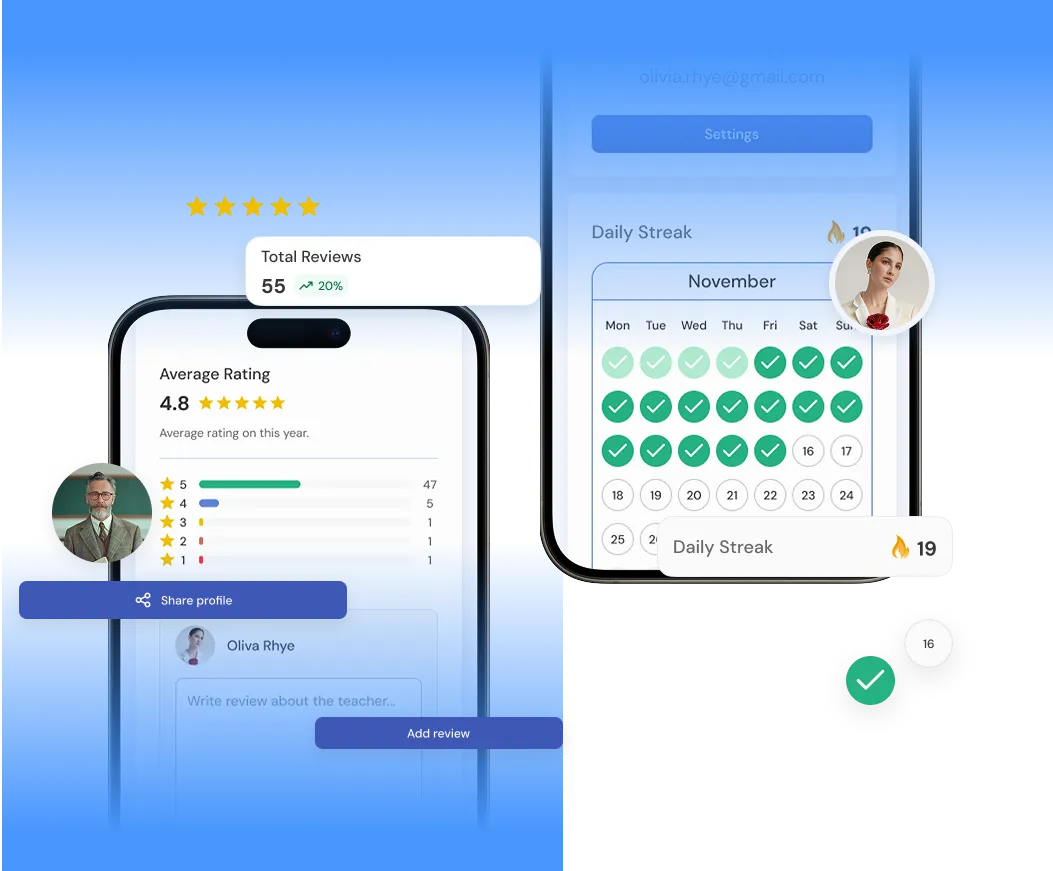HRIS (Human Resource Information System) and HRMS (Human Resource Management System) are two distinct but related systems used by organizations to manage their human resources. HRIS primarily focuses on collecting, storing, and organizing employee data and information. It serves as a centralized database that includes details such as employee demographics, employment history, benefits, and payroll. It provides a comprehensive view of employee data and enables efficient reporting and analysis. On the other hand, HRMS encompasses not only the functionalities of HRIS but also incorporates additional features to manage various HR processes. It typically includes modules for recruitment, core hr functions performance management, training and development, employee self-service, and more.
HRMS offers a broader range of tools and capabilities to streamline and automate HR operations. While HRIS is primarily data-driven, HR software solutions are more process-oriented. HRIS focuses on the accurate and efficient storage of HR data, ensuring data integrity and accessibility. HRMS, on the other hand, facilitates end-to-end HR processes, from hiring to retirement, by integrating multiple HR functions into a single system. HRIS is often seen as a foundational system that provides the essential data infrastructure for HR operations. It acts as a reliable source of information for generating reports, analyzing trends, and making data-driven decisions. HRMS, with its expanded functionality, supports the strategic management of HR activities and enhances overall HR productivity.







































